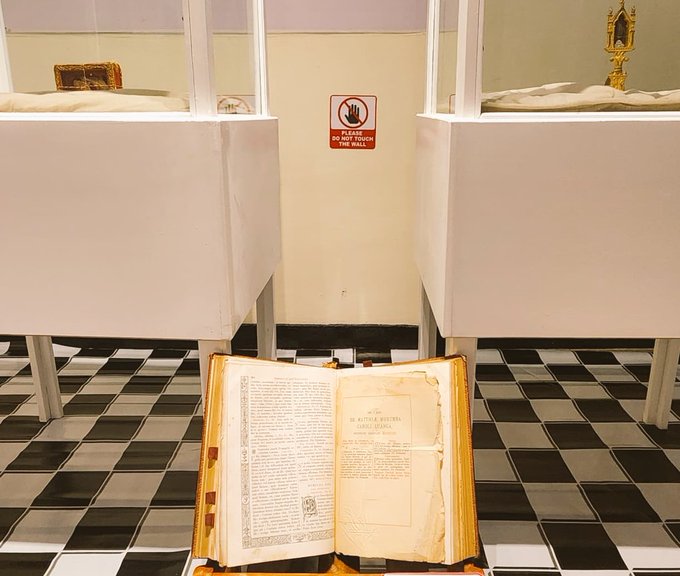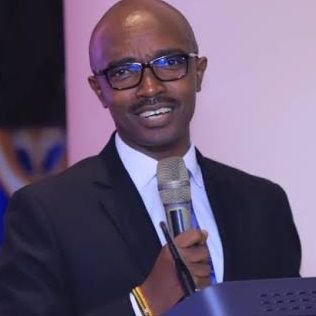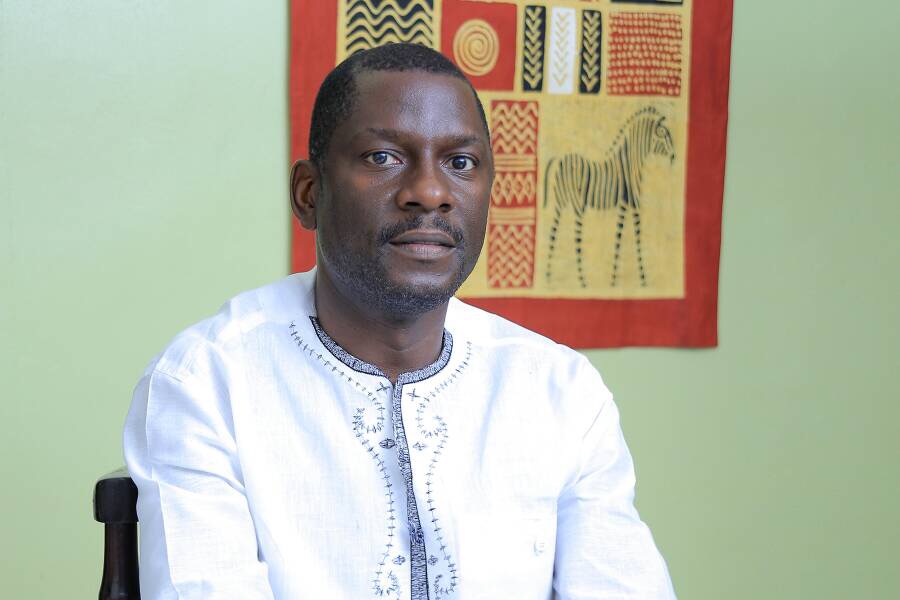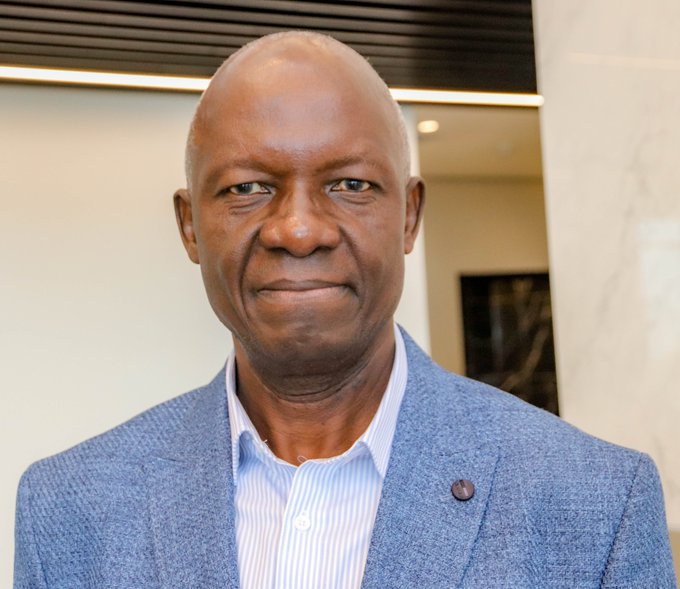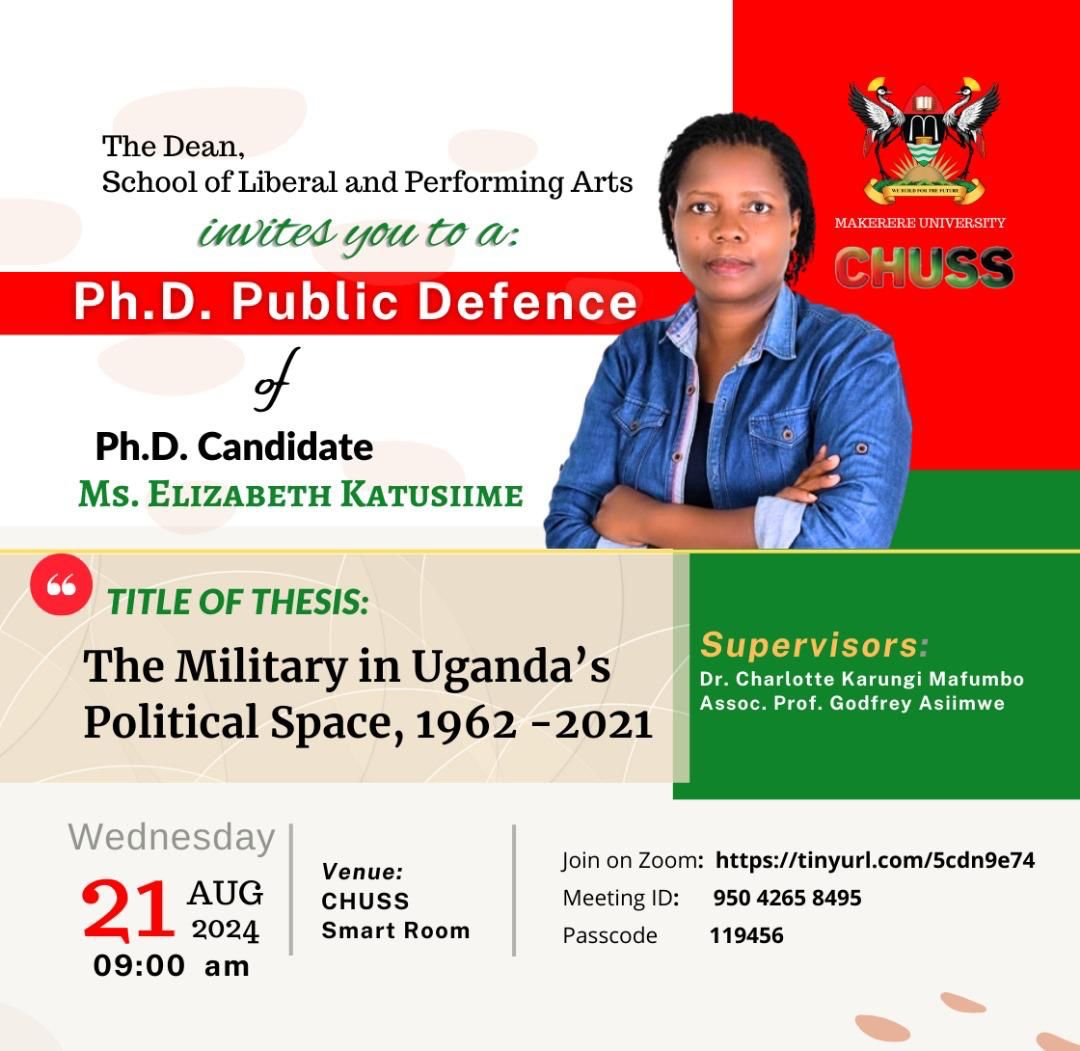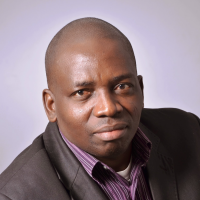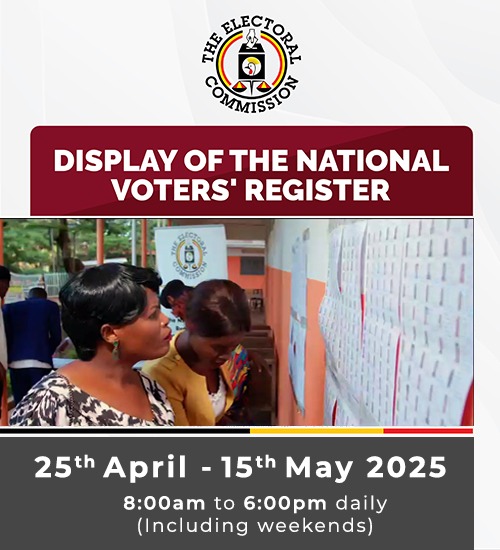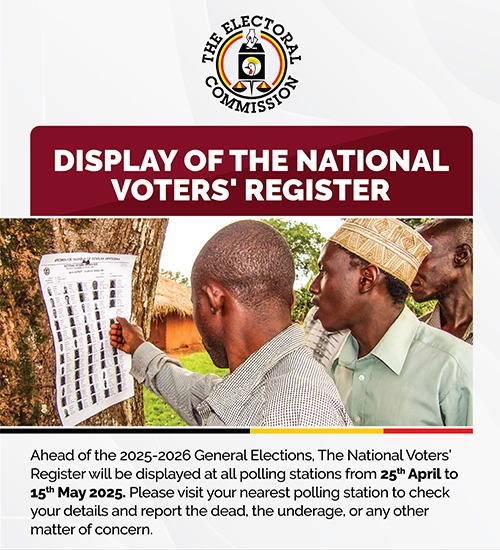In a move that will boost religious tourism and scholarship in Uganda, rare relics of the Uganda Martyrs have been unveiled after 138 years in a historic exhibition at Uganda Martyrs University (UMU)’s Rubaga Campus
The launch of this 47-day exhibition took place on September 14 before a select cohort of invitees who included the chief guest and Minister of Tourism, Wildlife and Antiquities, Col (rtd) Tom Butime.
The exhibition at the campus, running from September 16 to October 31, 2024, will showcase rare and sacred relics linked to the Uganda Martyrs, on display for the first time in 138 years.
The exhibition is part of the theme: “God and Caesar: A Historical Exhibition Celebrating the 60th Anniversary of the Uganda Martyrs’ Canonization,” which commemorates their canonization by the Catholic Church in 1964.
Among the most significant relics featured are crosses made from the trees where Uganda Martyrs Noa Mawaggali, Matia Mulumba, and Charles Lwanga were tied before their executions.
These relics hold deep religious and historical significance for Uganda, as they are not just physical remnants of martyrdom but symbols of faith, sacrifice, and national identity.
Additionally, the jawbone of Matia Mulumba and relics of Charles Lwanga, classified as ‘First Class’ relics, are part of the collection, further enhancing the emotional and spiritual impact of the exhibition.
The unveiling of these relics for the first time in over a century offers a unique opportunity for Ugandans and international visitors to reflect on the profound legacy of the martyrs.
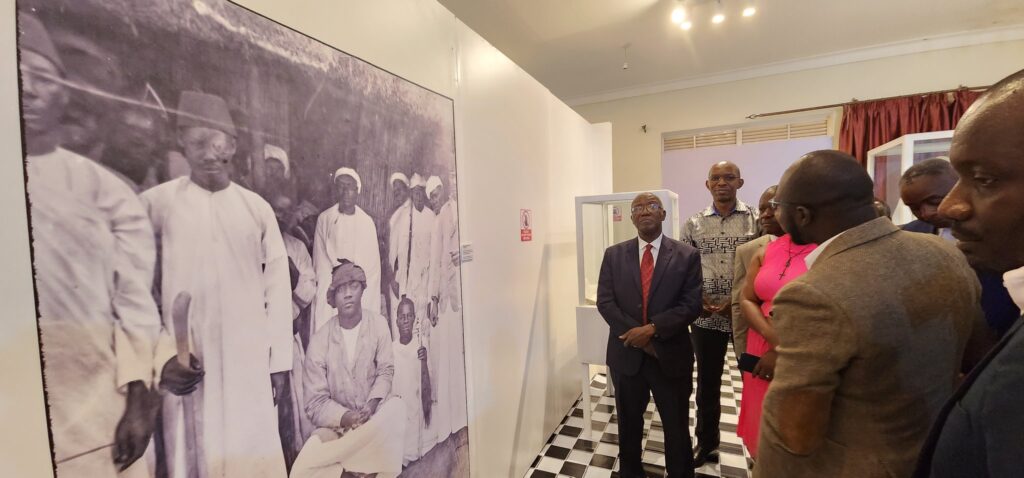
Their stories of courage and defiance against oppression resonate deeply with Uganda’s history, and the exhibition provides an educational and spiritual journey into the pivotal role these figures played in shaping the nation’s Christian heritage.
The launch of the historic exhibition was highlighted by a compelling panel discussion centered on the theme “God and Caesar.” Exploring the intersection of faith and secular authority, reflecting on the Martyrs’ legacy and its relevance in contemporary contexts.
In a panel discussion moderated by Journalist Simon Kasyate, the Chief Curator, Dr. David Tsimba, observed that the commemoration of the Martyrs led to significant changes in the Catholic Church, including its democratization and a profound rational and spiritual renewal.
“Following June 3rd celebrations, women were finally permitted to join church choirs, and songs in local languages, rather than just Latin, were introduced. Additionally, traditional instruments were subsequently allowed in church services,” he revealed.
According to panelist Prof. Ssemakula Kiwanuka, the conflict between God and Caesar did not begin in Uganda. It has been a global issue across generations. He noted that Pope Paul’s visit to Uganda was not solely due to its designation as the “Pearl of Africa,” but rather because of the significance of the Martyrs.
“June 3rd, the day of the Martyrs’ feast, hosts the largest pilgrimage worldwide, underscoring the enduring impact of the Martyrs. The Pope’s visit to Uganda was not solely due to its designation as the “Pearl of Africa,” but rather because of the significance of the Martyrs,” he observed.
On his part, panelist Prof. Lwanga Luyingo from Makerere University observed that the Uganda Martyrs’ story was not coincidental, as our ancestors had a profound spirituality even before Christianity.
“There were similarities between traditional beliefs and Christian teachings, suggesting that these parallels may explain why Christianity gained such traction,” he noted.
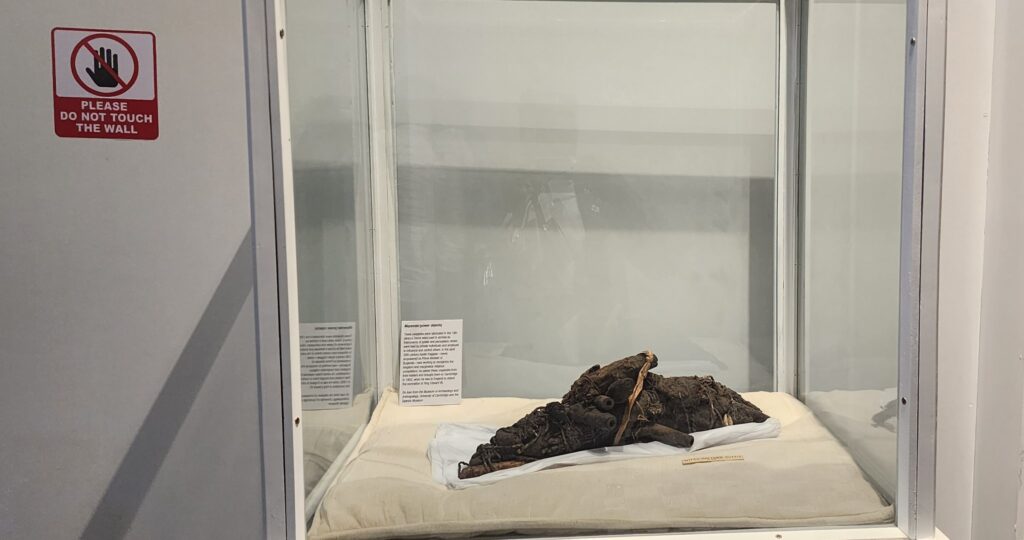
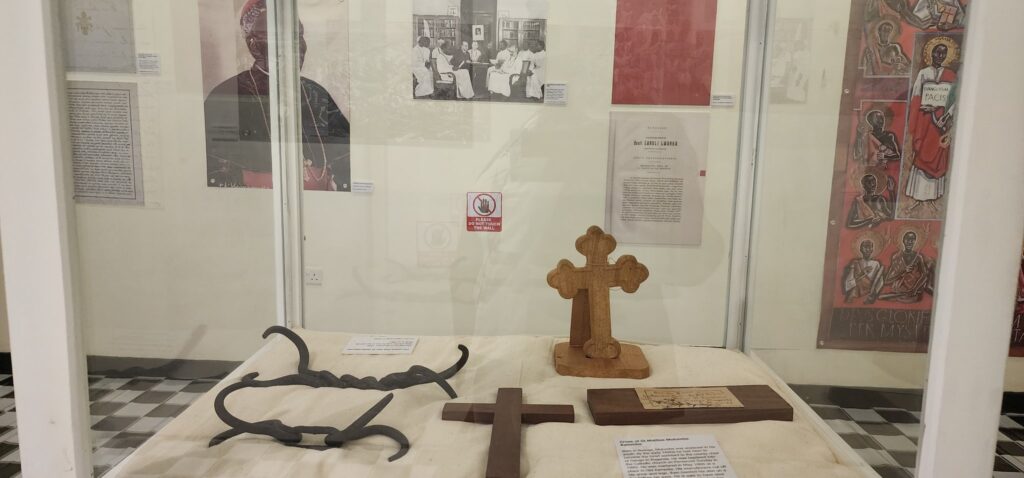
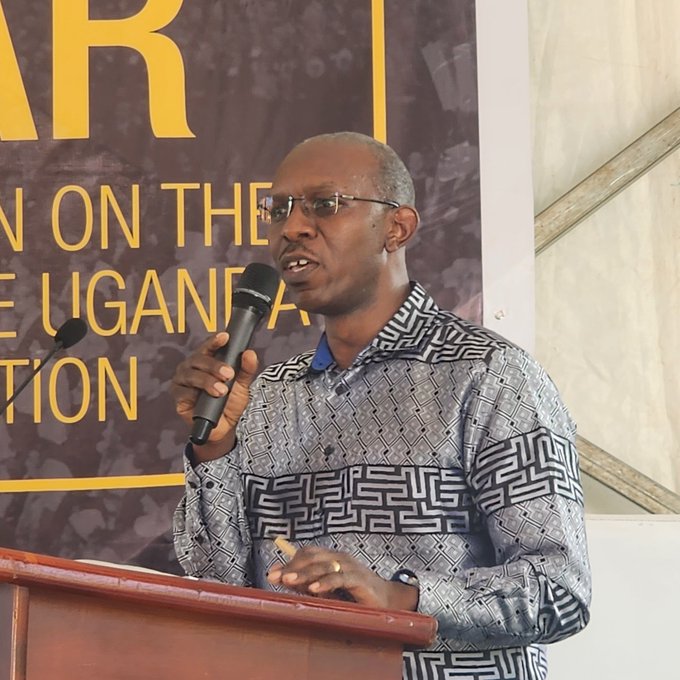
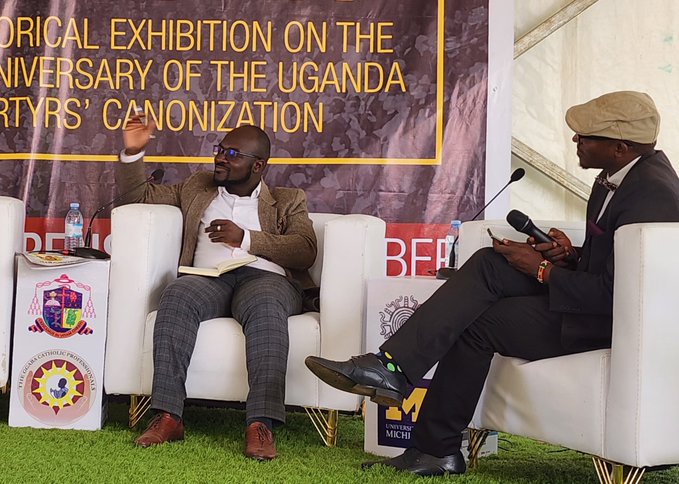
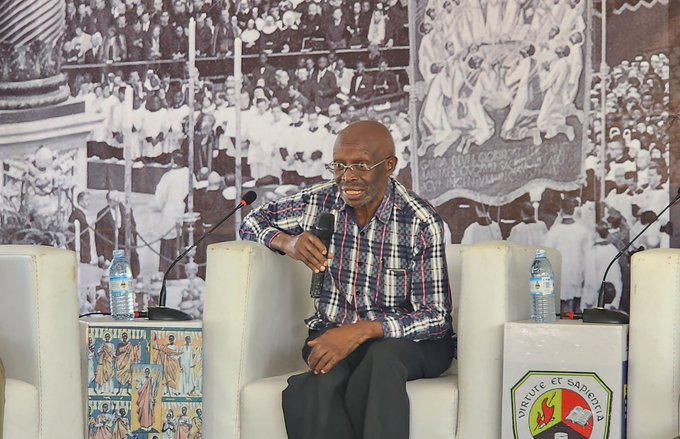
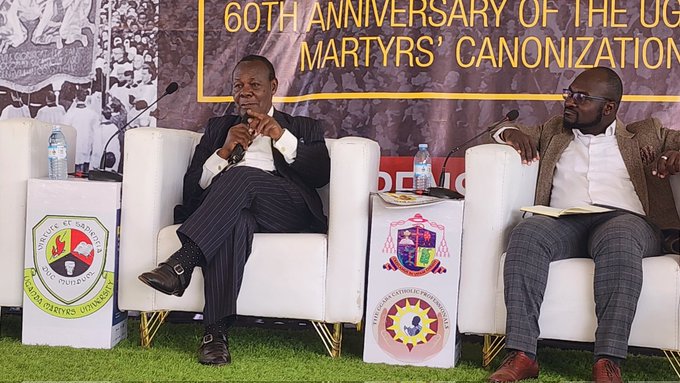
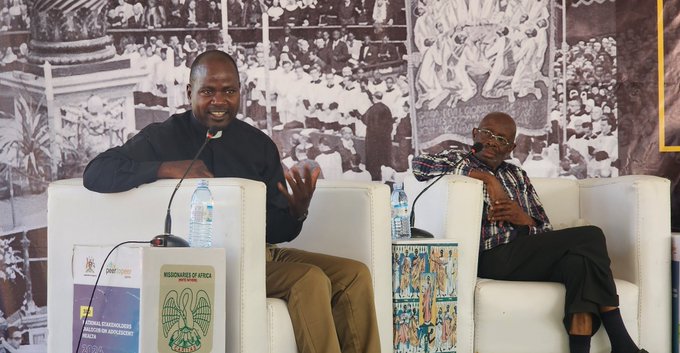
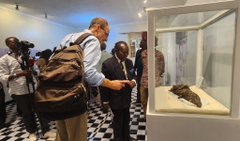
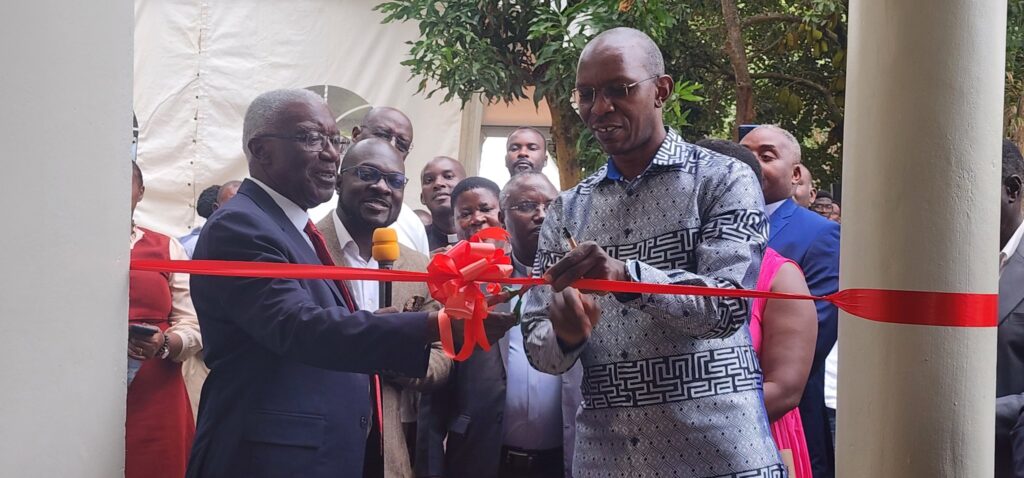
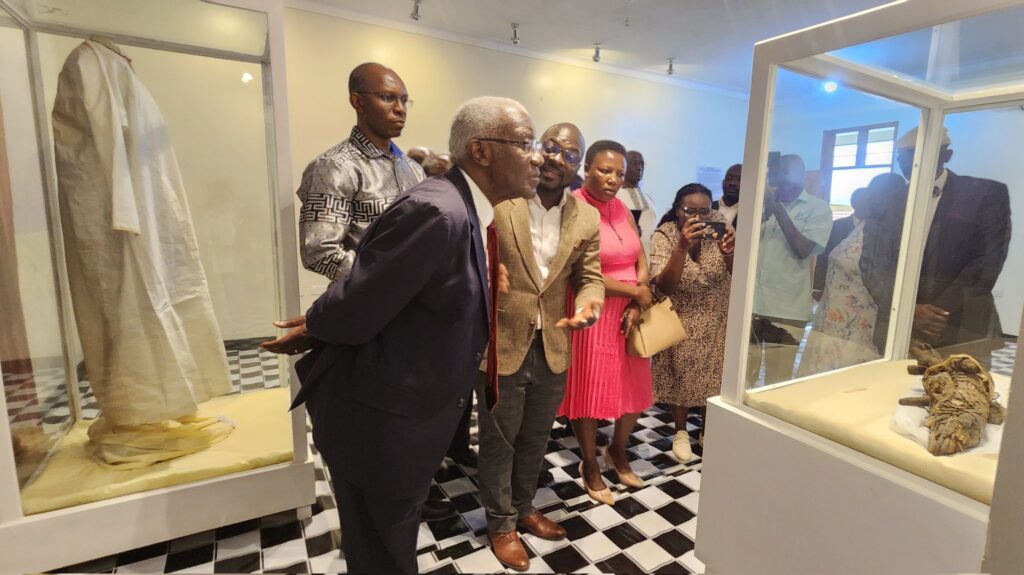
He posed the question of whether Christianity was adapted to fit traditional practices or if traditional practices were Christianized.
Prof. Luyingo emphasized the importance of contextualizing the Uganda Martyrs within this framework and asking questions as to why if indeed that had been a true martyrdom given that the missionaries encouraged the young converts to soldier on to Namugongo but did not submit to death themselves.
“The journey to Namugongo lasted several days and other would-be martyrs are said to have fled to Bunyoro only to return after the death of the others. This issue needs context,” he argued controversially.
But according to Fr. Dr. Vienne, one of the panel discussants, the story of the Uganda Martyrs sheds a glorious light on the history of Uganda and was a true martyrdom.
The event was inaugurated by Hon. Tom Butime, Uganda’s Minister of Tourism, Wildlife, and Antiquities, reinforcing the national importance of these relics as religious icons and cultural treasures.
He revealed that the cabinet had decided to take charge of Namugogo as a facility of great national and international significance.
“Going forward, all budgeting will include the celebrations at Namugongo and all activities related to June 3rd will be fully funded by the government,” he revealed.
At the launch, the VC Prof. Patrick Kyamanywa announced that the Uganda Martyrs University Nkozi will host the grand canonization celebration on October 18, 2024, at the university’s Nkozi campus. He highlighted that the founding of UMU and the canonization of the Martyrs are considered divine milestones.
“We also intend to establish a living library dedicated to faith and religion in Uganda and to position the university as a central hub for scholarly work on the Uganda Martyrs. Who else would be more informed about the Martyrs than their university? He asked
This ongoing exhibition promises to be a landmark in preserving Uganda’s historical and religious heritage. At the end of the exhibition, the relics will be returned to the Vatican in Rome.
About The Author
Arinaitwe Rugyendo
Rugyendo is the Founder and Editor-in-Chief of ResearchFinds News. He’s an accomplished journalist with a rich background in the media industry in Uganda. With over two decades of experience, Rugyendo has held various roles including cab reporter, Bureau Chief, Managing Editor, and Digital Media Editor at renowned publications such as Daily Monitor and Red Pepper. Throughout his career, he has demonstrated a commitment to delivering high-quality journalism and staying at the forefront of media trends. In addition to his journalistic pursuits, Rugyendo is currently pursuing a Ph.D. in Journalism and Communication at Makerere University. He has been recognized for his outstanding leadership and commitment to social change as a Desmond Tutu Fellow and Crans Montana New Leader. Rugyendo also serves as the Chairman of Young Engineers Uganda and Uganda Premier League, showcasing his dedication to promoting excellence and growth in various fields. With a passion for driving innovation and pushing boundaries in media, Rugyendo continues to make significant contributions to the industry. His vast experience, academic pursuits, and leadership roles make him a respected figure in the Ugandan media landscape.

